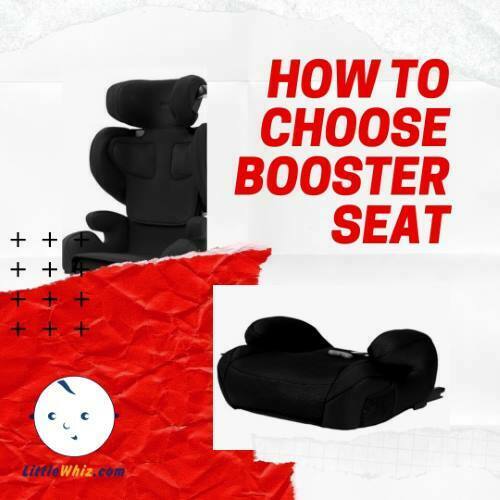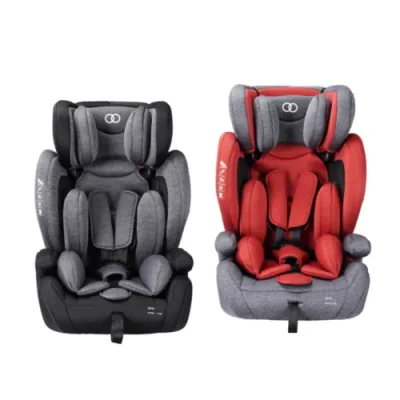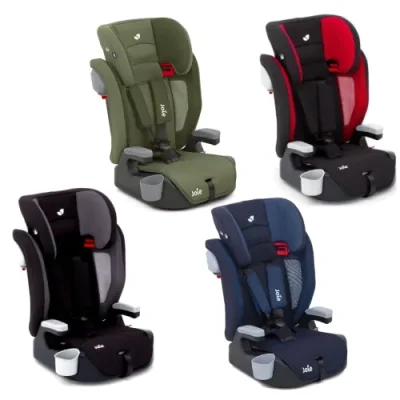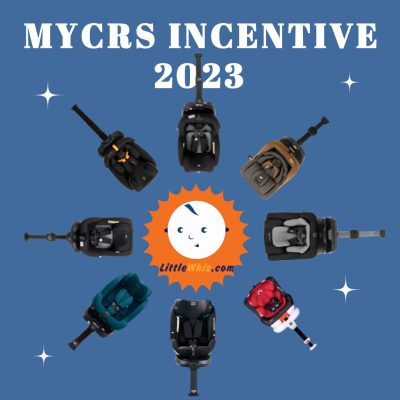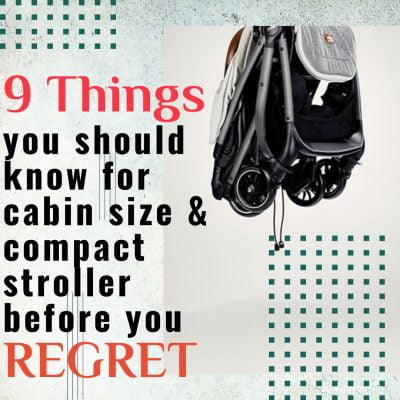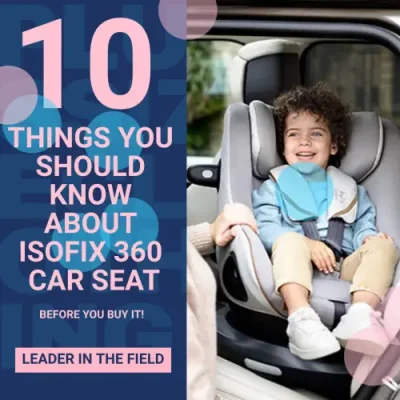How to choose a Booster Seat in Malaysia?
Do you know the actual usage of a booster seat? Do you plan to have a booster seat for your 2 years old child? Many parents are very new to this booster seat in Malaysia even we started our Car Seat Mandatory Law in January 2020.
Do you know why these booster seats in Malaysia are new to Malaysian parents? Many Malaysian parents told us that they buckle their children from ages 3 or 4 and above; and told us they look safe and fine. Many of the parents told us car seats are only for small children.
The full name for the booster seat is Belt-Positioning Booster Seat. The first 2 words of the full name tell the actual functions of the booster seat. First of all, you need to know the main functions of the booster seat; subsequently, we will talk about the features and usage. Belt-Positioning functions are pretty straight-forwards; booster seat positions the car seat belt to the strongest part of the body and protect the children during a collision.
Children’s pelvic bone structure is not fully developed until they reach about 12 years old. A pelvis that is still developing lacks the structure needed to keep the lap belt properly positioned over the hips in a crash. When the lap belt rests on the child’s soft stomach rather than hard hips, it increases the risk of severe abdominal injuries, or often called seat belt syndrome, during a crash.
The photo shows a dolls with 120cm/48inches height sitting on a booster seat.
The vehicle seat belt at should part lies perfectly at the collar bone. And the child will not feel uncomfortable due to the belt cutting their neck.
The vehicle belt at the lap part lies perfectly on the pelvis bone / area. The vehicle lap belt part will not cut through the child’s stomach during frontal collision and cause internal injuries.
If you check out the bones structure of the human body, you will notice some bones are smaller in size, and some are bigger bones. Logically, the smaller bones will fracture easily compare to the bigger bones, do you agree?
The booster seat can only be installed for forward-facing. Not matter in what group the booster seat are in. Only a Convertible Car seat can be installed rear-facing AND forward-facing.
Generally, the booster seat is classified into 3 different categories:
- Combination Booster Seat (also named as Harness Booster Seat)
- Highback Booster Seat
- Backless Booster Seat (also named as Booster Cushion)
These booster seats are in the 1,2 & 3 groups for UNR ECE R44 standard. It is recommended for the usage of 9-36kg children (approximately 10 months to 12/12 years old children).
The reason it is called a combination booster seat is that this booster seat will have a harness with the seat. Children are also recommended to use a harness for as long as possible until the child reaches the weight or height limits of the recommended usage.
For the UNR ECE R129 car seat, you can only forward face the child after they reach 15 months. Of course, the longer your child rear-facing, the better as rear-facing longer is safer.
Note: For best practice, we will recommend parents to secure their child rear-facing for as long as possible.
B. Highback Booster Seat
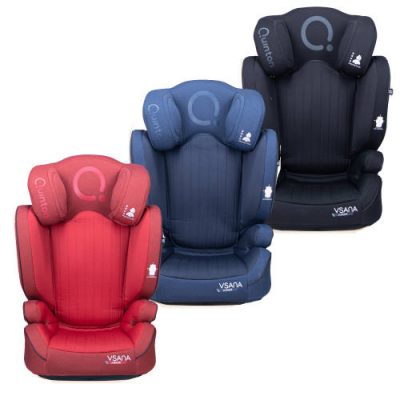
It is named Highback booster because it comes with a high back to protect the child if there is a rear impact. In this highback booster car seat mode, the car seat is in Group 2 & 3. It is recommended for the usage of 15-36kg, approximately 3 years to 10/12 year children.
Wen in booster mode, the child is protected by the vehicle 3-point car seat belt.
Note: For best practice, if you can get a harness booster seat for your child, you are also encouraged to do so.
C. Backless Booster Seat ( Booster Cushion)
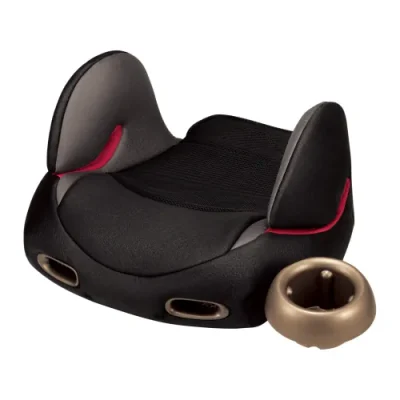
The backless booster seat is approved to be used in many countries though some countries ban the usage of this backless booster. And, yes. A backless booster seat is being allowed to use this in Malaysia.
The old Backless booster seat is in groups 2 & 3. Starting September 2017, a new standard for the Backless booster seat has been approved. Booster seats with new standards are only in Group 3. These backless booster seats will be allowed for 22-36kg usage. And must be above 125cm height.
Note: For best practice, if your child can still fits in the highback booster, put your child in a highback booster for as long as possible.
There are really many booster seats in the Malaysian market now. Ranging from as low as below RM100 for high back booster seats; to above RM1k for a booster seat. Again, we would like to stress that the best booster seat is not the most expensive booster seat. The best booster seat is the one that suitable for your child, suitable for your vehicle, suitable for your budget, and easy for you to use correctly every time.
Let’s talk about how to choose a booster seat and the features you should look into for your child.
Your Child’s Weight or Height
Generally, all UNR 44 car seat uses weight as a basis for the usage. For booster seat, it is in the Group 2 & 3 categories from 15kg to 36kg usage. The maximum usage of a booster seat for UNE R44 is 36kg. But for UNR 129 standard car seat, the classification is based on the child’s height, not weight.
For UNR ECE 44 booster seat, you can only test fitting as most of the booster seat does not have recommended usage in height. It is quite challenging because some booster seats can cater to a taller child; some are not. For UNR ECE 129 booster seat, classification is base on height and supported by weight. Some are until 135cm or are up to 150cm usage. But for those up to 150cm usage UNR ECE 129 booster seat, it is car seat specifics, meaning some vehicles that are too low will not be suitable for this booster seat.
Your Vehicles
After you identified those booster seats that are suitable for your child, the next step is to ensure that the booster seat fits your vehicle too. This is particularly a bit challenging when you have 2 vehicles in the house; both are also being used frequently to transport the child.
However, if only one that is used frequently and the situation allow, a test fitting will tell you whether it is suitable or not. Basically, most booster seat has no problem fitting in the most vehicle. With the new UNR ECE 129 regulations, new vehicles will be fitted with an i-size approved Isofix car seat or booster seat.
Installation
If your vehicles are equipped with the Isofix Anchorage system, you can opt to choose for a booster seat with Isofix installation. As the booster seat AND the child is secure with a vehicle 3-point car seat belt. The item protecting your child and the booster seat is the 3-point car seat belt. Isofix installation for the booster seat is only to ensure that the booster is not becoming a projectile when a child is not seated on the booster seat.
If your vehicles are only equipped with a 3-point car seat belt, you can still get an Isofix installation booster seat. But the Isofix features do not function as your vehicles do not have the anchorage system. When the child is not seated on the booster seat, you will have to use the 3-point car seat belt to secure the booster seat so that it will not becoming a projectile during emergency breaks or collisions.
Can the booster seat install at the front passenger seat in Malaysia?
For UNR ECE regulations for child occupant safety, the law is very different; they allowed a booster seat to be placed at the passenger seat or front seat. You are advise to check the user manual and the law of the countries you will be visiting or staying before installing any booster car seat or infant car seat at the front passenger seat. However, you need to follow the instructions given by the vehicles so that your child will be safe; you normally need to adjust the vehicle seat all the way to the back of the vehicle. Follow the instructions provided by the vehicle manual for correct usage.
Some parents who had traveled with their child longer in the vehicles will understand the differences with or without a booster seat. Children trained on a booster seat will sit comfortably on the booster seat on a long journey trip and safer.
Lastly, regarding the Malaysian Child Seat Law, the child needs to be seated on a child seat until they are:-
- Above 12 Years old
- Above 36kg
- Above 136cm

